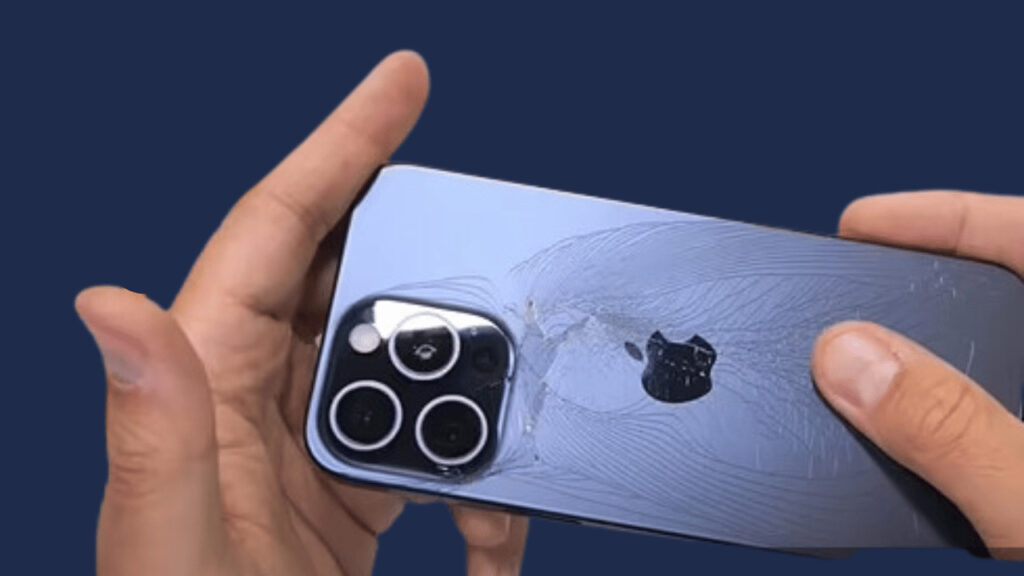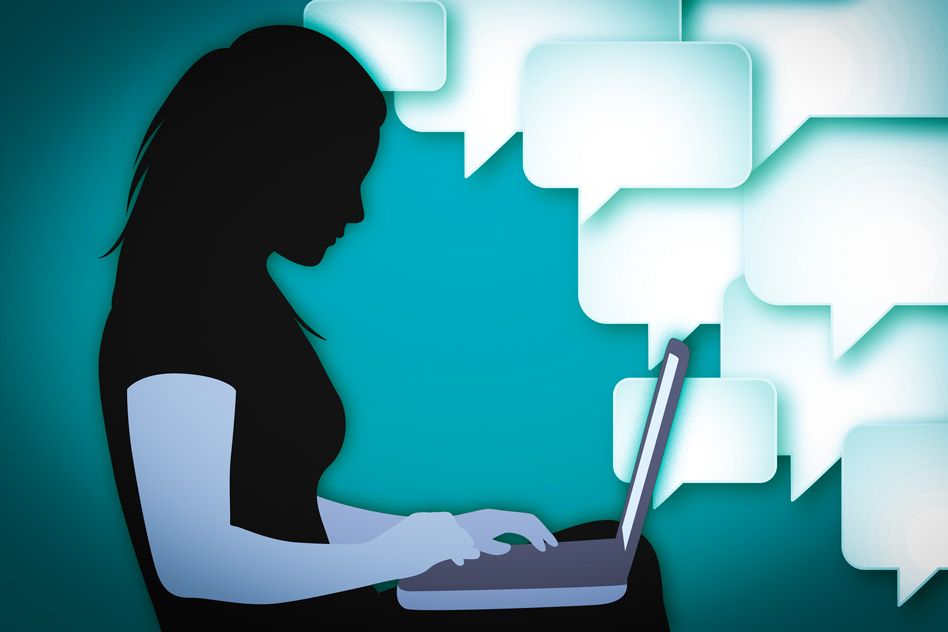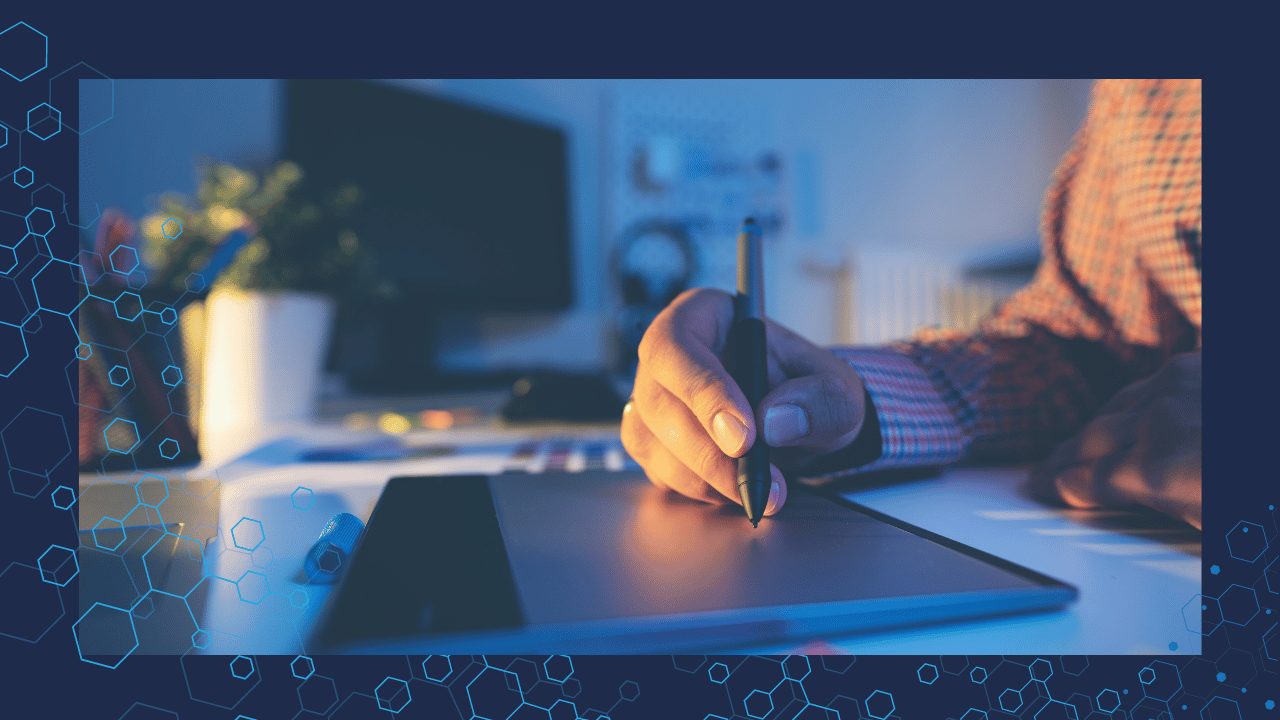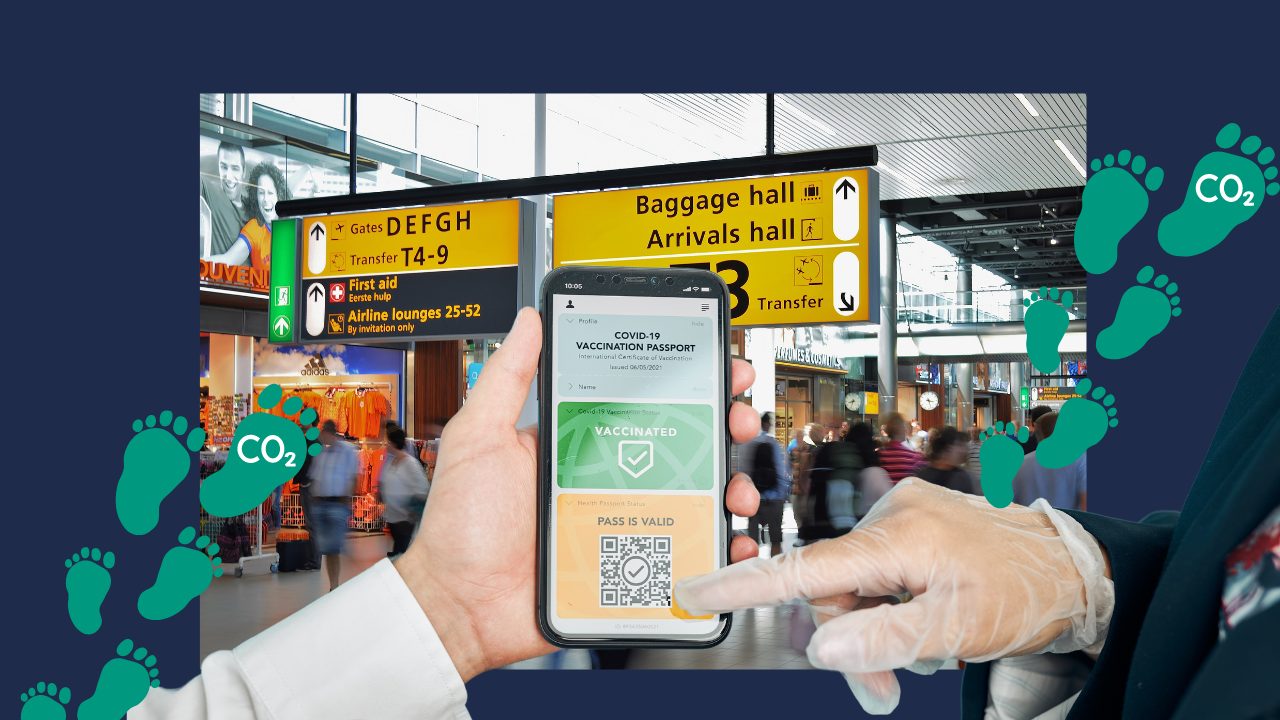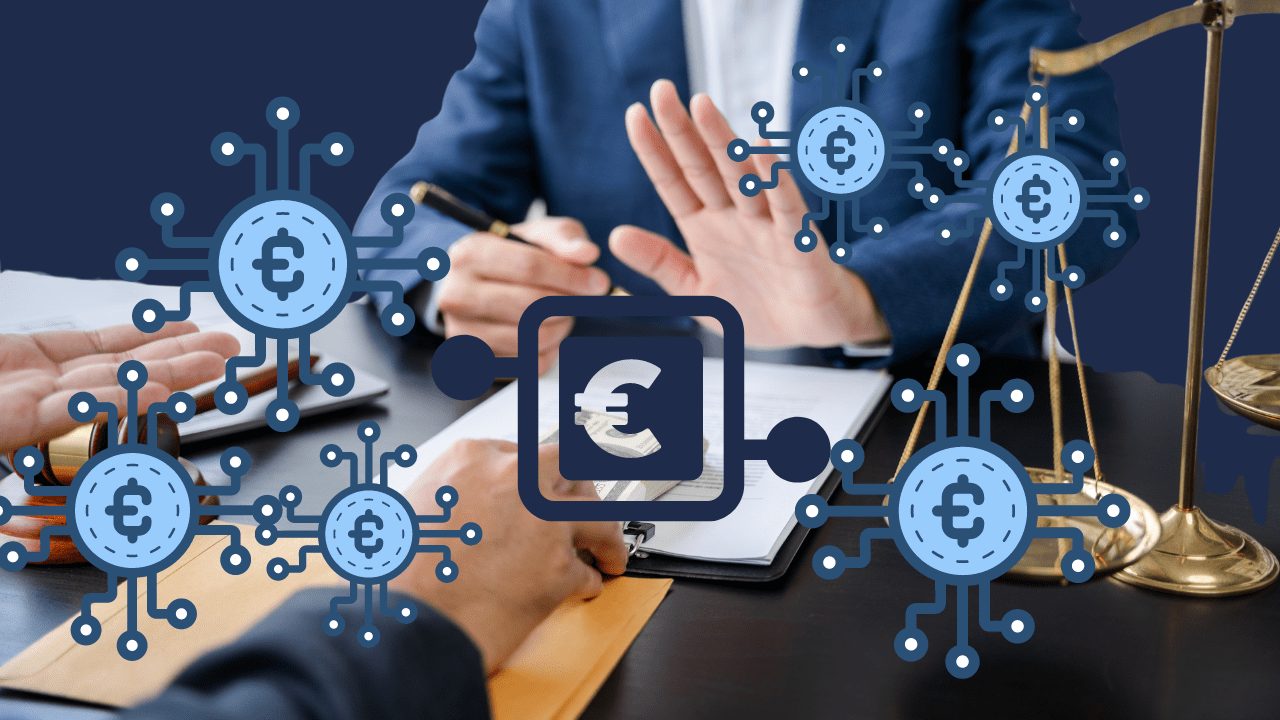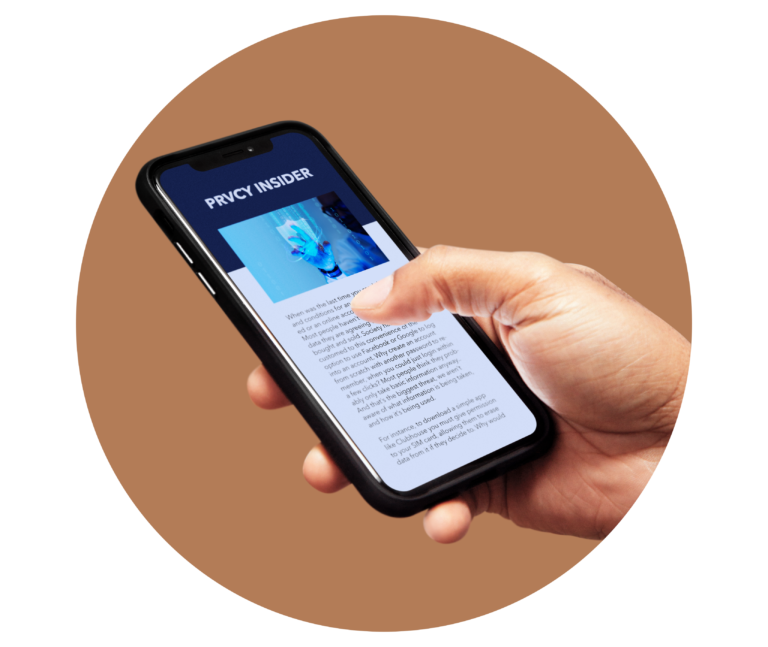Apple has been in the process of rebranding itself as a services company for some time now. The company has been constantly releasing new and updated subscription options for cloud storage, music, and news.
Don’t forget that Apple has invested enough money in Apple TV to win an Academy Award for Best Picture and beat out Netflix. And Apple securing the rights to Major League Soccer and bringing Lionel Messi to a soccer team in Florida is one of the biggest moves in sports and streaming right now.
That’s just the tip of the iceberg, because inside, the hardware is losing the magic of years past. What’s going on.
Apple reported an all-time high in services revenue for the quarter, coming from the record-setting 1 billion subscribers to Apple services during June. And as Piper Sandler’s analyst Harsh Kumar told Fortune, services have a much higher profit margin than hardware devices. If Apple sees more subscribers, that’s more direct dollars to the bottom line, he said.
The release of a new iPhone is typically met with excitement and anticipation from tech enthusiasts worldwide. Apple has consistently set the bar high for innovation, design, and quality.
For the last weeks, the mixed reviews of the new Iphone 15 pro max has been mixed and in the internet forums the discussion about the quality of the device has been a hot topic. This bring the most important question for the company:
if consumers stop buying as many Apple hardware devices, will the foundation for the services business crumble?
That seems to be Wall Street’s current view. Apple executives have themselves contributed to this view: In the recent earnings call, they boasted about how customers who own more than one Apple device are typically more engaged in the Apple ecosystem and tend to spend more on the services front.
Apple may see services as the engine of its future financial growth, but for consumers and investors, Apple is still a hardware company and the last weeks the reviews about their perfomance is not 100%. Some of the Quality Challenges that Apple is facing:
Design Stagnation: One of the first things that users may notice about recent iPhone models is their striking resemblance to their predecessors. While Apple’s design philosophy of sleek, minimalist aesthetics has always been appreciated, the lack of significant design innovation in recent years has left some users feeling like they are essentially buying the same phone over and over again.
Build Quality Concerns: Previous iPhone models were lauded for their exceptional build quality and premium materials. However, some users have reported issues with the durability of newer models. Complaints about easily scratched screens, shattering with minor drops, and wear and tear on the body of the device have become increasingly common.
Incremental Upgrades: While incremental upgrades are a common practice in the tech industry, the recent iPhones seem to take this to an extreme. Many of the new features introduced, such as slightly improved camera capabilities or slightly faster processors, feel more like minor tweaks rather than groundbreaking innovations. Users have come to expect more from Apple in terms of technological advancements.
Rising Costs: As the quality of the iPhone appears to be plateauing, the price of these devices continues to rise. This has left many users feeling like they are paying a premium for a product that doesn’t justify the high cost. The perceived lack of value for money has been a significant source of frustration for iPhone users.
Software Issues: Even the best hardware can be let down by subpar software, and some users have experienced issues with iOS updates causing glitches, battery drain, and performance problems. This further adds to the perception that the overall iPhone experience has deteriorated.
A look into their latest product:
Recent coverage of the just-released iPhone 15 series of handsets has been intense, with plenty of reviews praising the cameras, the new design and much more. Less pleasing for Apple to read, though, is a focus on a problem that seems to be drawing persistent attention: overheating and the sensible glass.
So, what might it be with the quality? Apple focused a lot to achieve a lighter weight.
this primary cause is more likely the compromises made in the thermal system design , such as the reduced heat dissipation area and the use of a titanium frame, which negatively impacts thermal efficiency.”
The titanium frame:
The iPhone 15 Pro and iPhone 15 Pro Max feature an all-new chassis design made out of what Apple says is grade 5 titanium. A drop test video in youtube raised early concerns about the durability of this new design, particularly as related to the new curved edges.
Throughout the durability test, we can see the new grade 5 titanium put through scratch testing, heating testing, sandpaper, and more. As expected, the titanium does indeed scratch when you take a knife to it. The matte back glass, however, is far more scratch resistant.
The display also fares quite well during the scratch testing as well, as do the three camera covers on the back of the iPhone 15 Pro. But things get more interesting pretty quickly.
“It’s time to see if the new blended aluminum titanium grafted hybrid structure compromises the structural integrity of the iPhone 15 Pro Max,” JerryRigEverything says as he starts to put pressure on the device. Within just a few seconds, you hear a snap and the back glass has completely shattered.
“I did not see that one coming,” he says. “You’ve been watching me durability test smartphones for about 11 years now, and most phones do not break. iPhones especially do not break, like ever. And [the iPhone 15 Pro Max’s] snap was abnormally quick.”
The causes of the identity crisis:
As Apple is publicly celebrating the release of the iPhone 15, but behind the scenes, the company has a growing problem in China that could cost it billions.
Despite recent efforts to diversify, over 95% of iPhones, AirPods, Macs, and iPads are still made in China. In the second quarter of this year, more iPhones were sold in China (24%) than in any other country, including the US (21%). Last year, about 19% of Apple’s total revenue came from China ($74 billion).
What are the risk factors with China?
Firstly, there is the overarching concern of dependency on any single country, which poses a strategic vulnerability. For instance, the COVID-19 pandemic, originating there, significantly impacted global manufacturing capabilities. Various unforeseen events, whether natural disasters or political turbulence, could disrupt operations within a singular nation. Consequently, it is prudent to establish a diverse network of manufacturing centers across the globe.
Secondly, the often tumultuous relationship between the United States and China further compounds these risks. The trade disputes instigated by the previous U.S. administration marked a particularly challenging phase, and ongoing tensions perpetuate the possibility of trade disruptions between these two economic giants.
Thirdly, Apple’s association with a country facing escalating concerns regarding human rights violations increasingly tarnishes its reputation. This is especially significant given Apple’s compliance with local laws, even when they conflict with the company’s own values. Apple has been compelled to remove VPNs and various other apps from the Chinese App Store, permit Chinese customers’ iCloud data to be stored on government-controlled servers, and more. Additionally, mounting reports of forced labor in China, including within various segments of Apple’s supply chain, exacerbate these ethical concerns.
In conclusion, it’s evident that many users are growing increasingly dissatisfied with recent iPhone releases. While Apple has maintained its reputation for user-friendly interfaces and a strong ecosystem, the lack of significant innovation, concerns about build quality, and the ever-rising price tags have left users questioning whether the new iPhone is truly worth the investment.
Apple’s challenge moving forward will be to rekindle the excitement and innovation that characterized its earlier releases. While the iPhone remains a popular choice among consumers, the company will need to address these concerns to continue its legacy as a leader in the smartphone industry. Ultimately, users expect more than just a rehash of the same device with each new release; they expect a genuine improvement in quality, features, and overall user experience.
